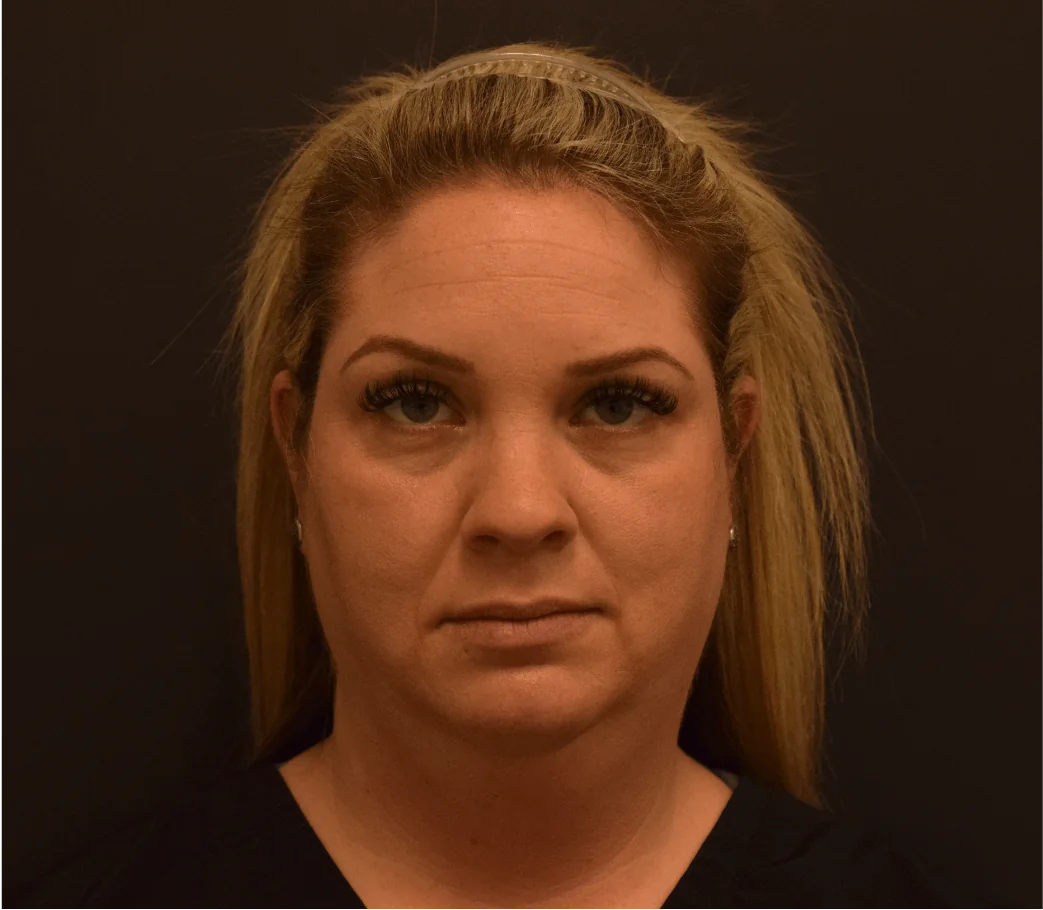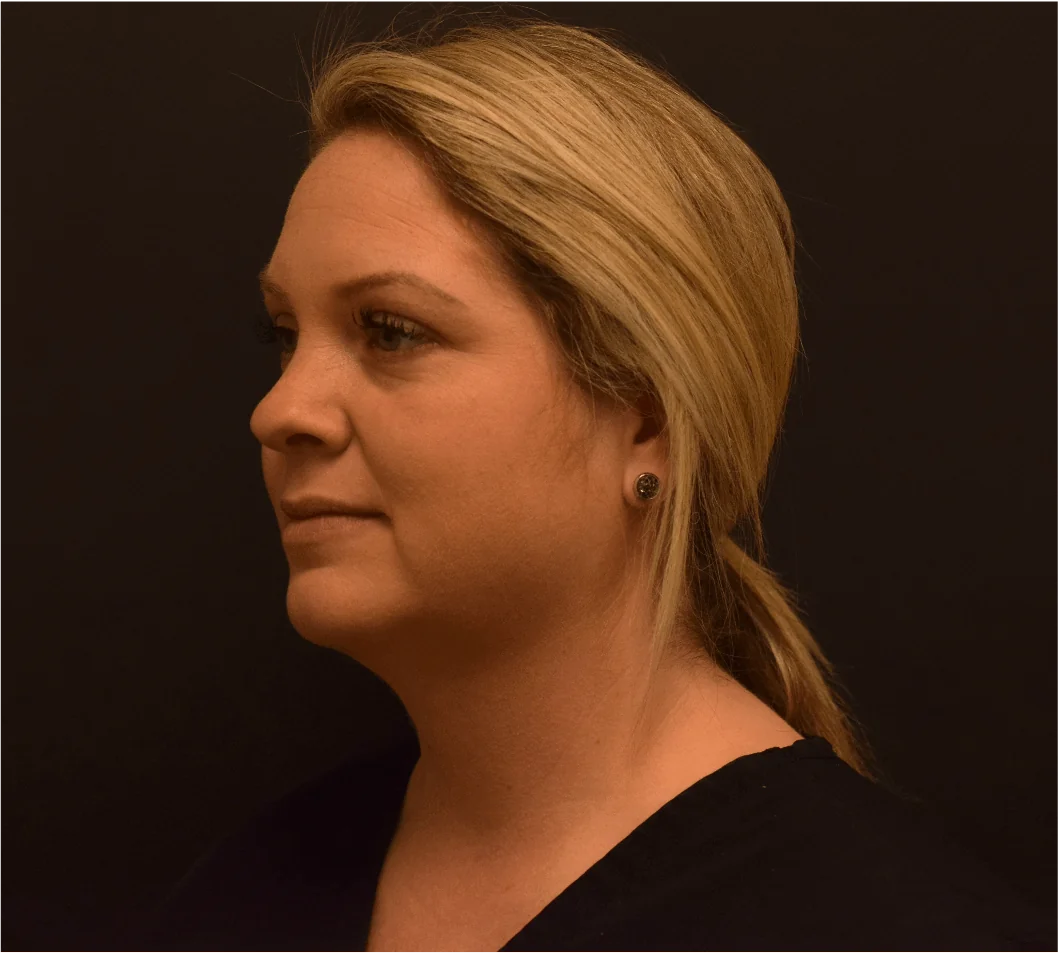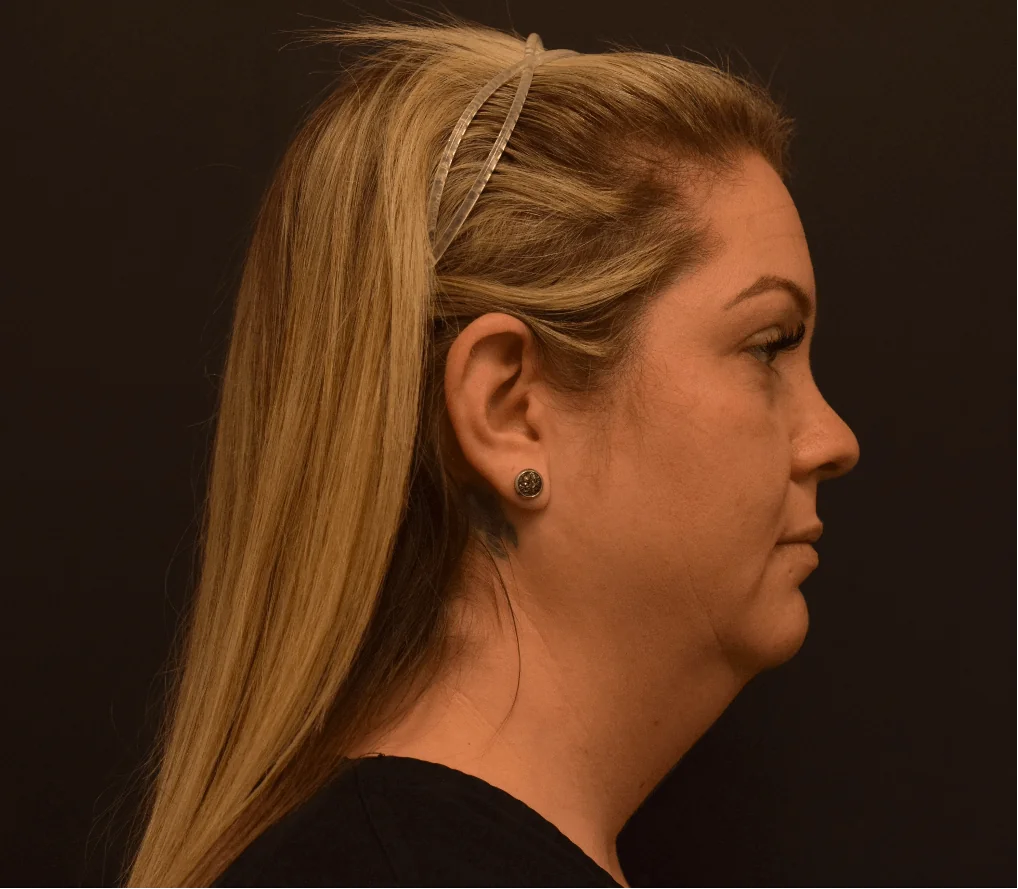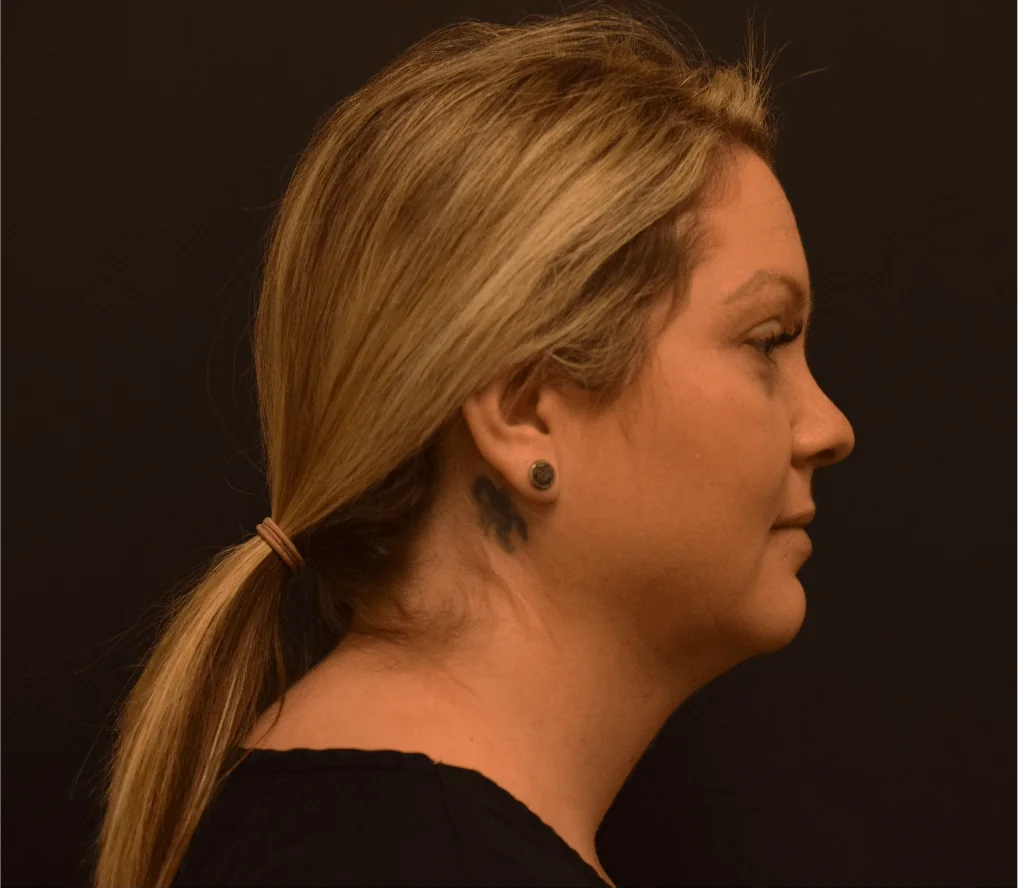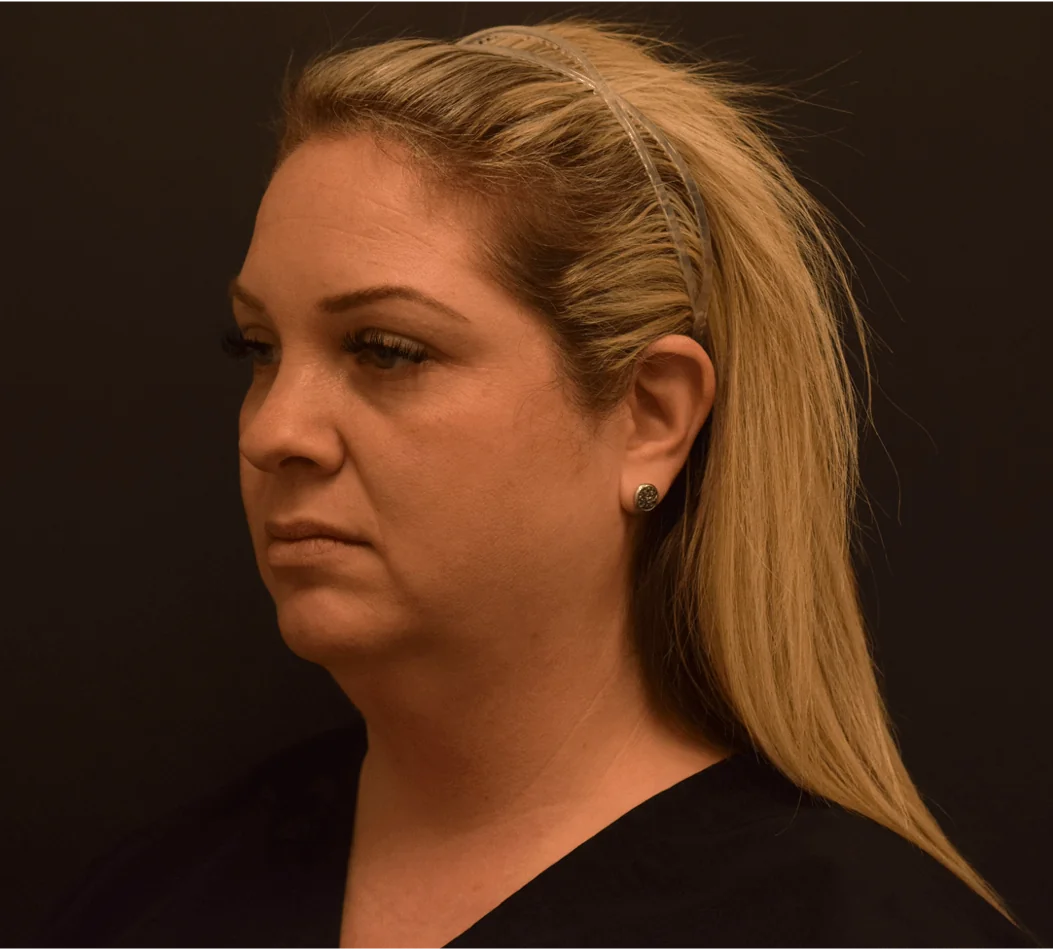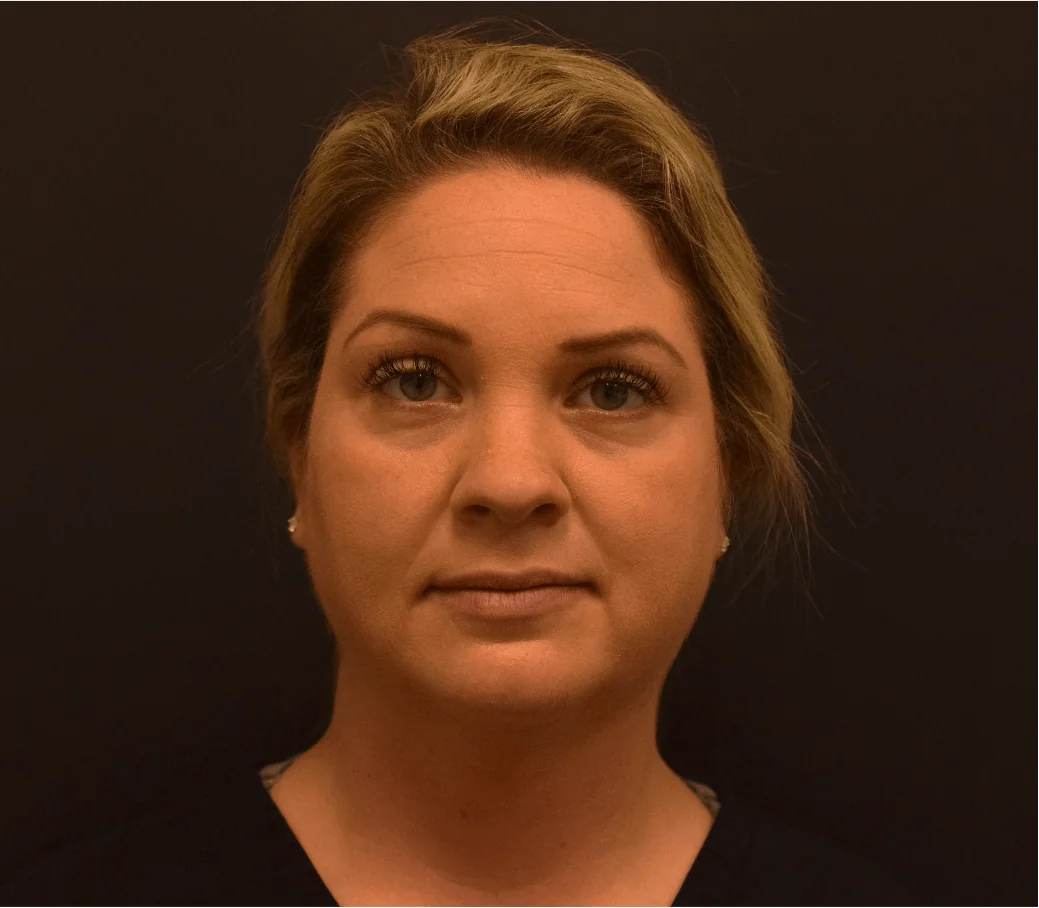Overview
Liposuction is a procedure that can help sculpt the body by removing unwanted fat from specific areas, including the abdomen, hips, buttocks, thighs, knees, upper arms, cheeks and neck (sometimes known as chin liposuction).
During the past decade, liposuction, which is also known as lipoplasty or suction lipectomy, has benefited from several new refinements. Today, a number of new techniques, including power-assisted liposuction, the tumescent technique, and the super-wet technique, are helping many plastic surgeons to provide selected patients with more precise results and quicker recovery times.
Although no type of liposuction is a substitute for dieting and exercise, liposuction can remove stubborn areas of fat that don’t respond to traditional weight-loss methods.
If you’re considering liposuction in Fort Worth, this article will give you a basic understanding of the body contouring procedure — when it can help, how it is performed and how you might look and feel after surgery. It won’t answer all of your questions, since much depends on your individual circumstances. Please ask American Board Certified Plastic and Reconstructive female plastic surgeon Dr. Kiran Polavarapu, if there is anything about the procedure you don’t understand.

The Best Candidates for Liposuction
To be a good candidate for liposuction, you must have realistic expectations about what the procedure can do for you. It’s important to understand that liposuction can enhance your appearance and self confidence, but it won’t necessarily change your looks to match your ideal or cause other people to treat you differently. Before you decide to have surgery, think carefully about your expectations and discuss them with Dr. Polavarapu.
The best candidates for liposuction are normal-weight people with firm, elastic skin who have pockets of excess fat in certain areas. You should be physically healthy, psychologically stable and realistic in your expectations.
Your age is not a major consideration; however, older patients may have diminished skin elasticity and may not achieve the same results as a younger patient with tighter skin.
Liposuction carries greater risk for individuals with medical problems such as diabetes, significant heart or lung disease, poor blood circulation, or those who have recently had surgery near the area to be contoured.
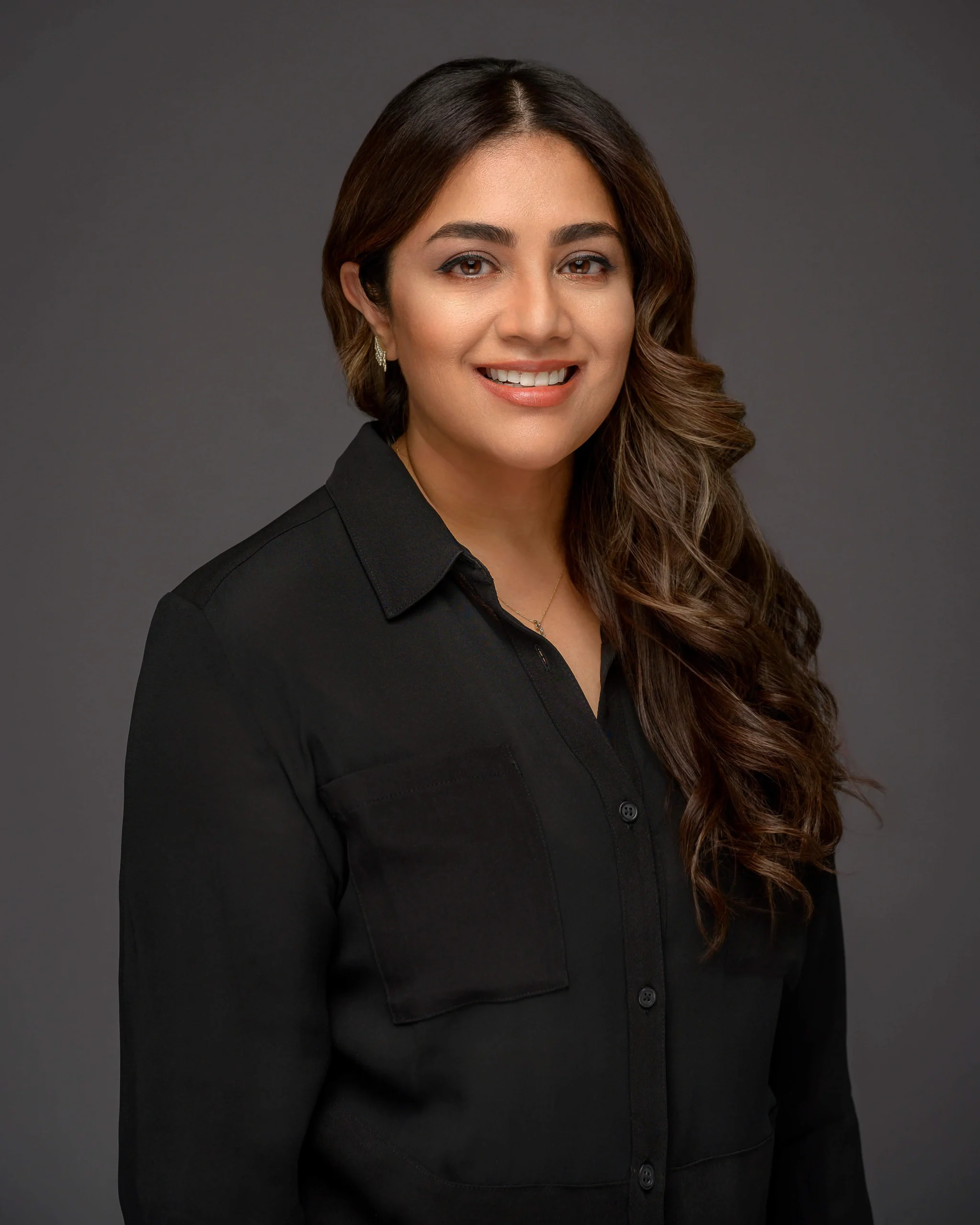
Why Choose Dr. Polavarapu for Liposuction in Fort Worth?
Recognized for the fourth time by Fort Worth Magazine as a Top Doctor in 2025, Dr. Kiran Polavarapu is quickly becoming one of the top plastic surgeons in the DFW area. Her surgical knowledge and commitment to her patients guarantee that you are in competent and compassionate hands.
As a female fellowship-trained aesthetic surgeon in the area, Dr. Polavarapu has refined and perfected her art of surgical precision at Texas Health Cleburne Surgical Center where her patients adore her for her warm, compassionate approach, and they feel comfortable knowing she truly understands their goals. It’s not just her expertise that stands out; it’s her genuine care that makes patients feel confident and well-supported every step of the way.
HOW MUCH DOES LIPOSUCTION COST IN FORT WORTH?
The cost of liposuction in Fort Worth starts at $2,500 with additional costs that may include anesthesia, facility fees, and post-operative care. The overall price can vary widely depending on several factors, such as the surgeon's expertise, the area being treated, the amount of fat removed, and the clinic's location. Consult a board-certified plastic surgeon for a precise estimate tailored to your situation.
THE PROCedure
What to Expect With Liposuction
In your initial consultation, Dr. Polavarapu will evaluate your health, determine where your fat deposits lie and assess the condition of your skin. She will explain the body-contouring methods that may be most appropriate for you. For example, if you believe you want liposuction in the abdominal area, you may learn that an abdominoplasty or tummy tuck may more effectively meet your goals; or that a combination of traditional liposuction and UAL would be the best choice for you.
Be frank in discussing your expectations with Dr. Polavarapu. She will be equally frank with you, describing the procedure in detail and explaining its risks and limitations.
Individuals considering liposuction in Fort Worth often feel a bit overwhelmed by the number of options and techniques being promoted today. However, Dr. Polavarapu can help. In deciding which is the right treatment approach for you, she will consider effectiveness, safety, cost and appropriateness for your needs. This is called surgical judgment, a skill that is developed through surgical training and experience. Dr. Polavarapu also uses this judgment to prevent complications; to handle unexpected occurrences during surgery; and to treat complications when they occur.
Her education and training have helped form her surgical judgement, so take the time to do some background checking. Patients are encouraged to consider a doctor certified by the American Board of Plastic Surgery (ABPS). By choosing a plastic surgeon who is certified by the ABPS, a patient can be assured that the doctor has graduated from an accredited medical school and completed at least five years of additional residency – usually three years of general surgery (or its equivalent) and two years of plastic surgery. To be certified by the ABPS, a doctor must also practice surgery for two years and pass comprehensive written and oral exams.
Dr. Polavarapu will give you specific instructions on how to prepare for surgery, including guidelines on eating and drinking, smoking, and taking or avoiding vitamins, iron tablets and certain medications. If you develop a cold or an infection of any kind, especially a skin infection, your surgery may have to be postponed.
Though it is rarely necessary, Dr. Polavarapu may recommend that you have blood drawn ahead of time in case it is needed during surgery.
Also, while you are making preparations, be sure to arrange for someone to drive you home after the procedure and, if needed, to help you at home for a day or two.
Liposuction with Dr. Polavarapu in Fort Worth will be performed in the Texas Health Cleburne Surgical Center. Smaller-volume liposuction is usually done on an outpatient basis for reasons of cost and convenience. However, if a large volume of fat will be removed, or if the liposuction is being performed in conjunction with other procedures, a stay in a hospital or overnight nursing facility may be required.
Various types of anesthesia can be used for liposuction procedures. Together, you and Dr. Polavarapu will select the type of anesthesia that provides the most safe and effective level of comfort for your surgery.
If only a small amount of fat and a limited number of body sites are involved, liposuction can be performed under local anesthesia, which numbs only the affected areas. However, if you prefer, the local is usually used along with intravenous sedation to keep you more relaxed during the procedure. Regional anesthesia can be a good choice for more extensive procedures. One type of regional anesthesia is the epidural block, the same type of anesthesia commonly used in childbirth.
However, some patients prefer general anesthesia, particularly if a large volume of fat is being removed. If this is the case, a nurse anesthetist or anesthesiologist will be called in to make sure you are completely asleep during the procedure.
The time required to perform lipo Fort Worth may vary considerably, depending on the size of the area, the amount of fat being removed, the type of anesthesia and the technique used.
There are several liposuction techniques that can be used to improve the ease of the procedure and to enhance outcome.
Liposuction is a procedure in which localized deposits of fat are removed to recontour one or more areas of the body. Through a tiny incision, a narrow tube or cannula is inserted and used to vacuum the fat layer that lies deep beneath the skin. The cannula is pushed then pulled through the fat layer, breaking up the fat cells and suctioning them out. The suction action is provided by a vacuum pump or a large syringe, depending on Dr. Polavarapu's preference. If many sites are being treated, she will then move on to the next area, working to keep the incisions as inconspicuous as possible.
Fluid is lost along with the fat, and it’s crucial that this fluid be replaced during the procedure to prevent shock. For this reason, patients need to be carefully monitored and receive intravenous fluids during and immediately after surgery.
The basic technique of liposuction, as described above, is used in all patients undergoing this procedure. However, as the procedure has been developed and refined, several variations have been introduced.
Fluid Injection, a technique in which a medicated solution is injected into fatty areas before the fat is removed, is commonly used by plastic surgeons today. The fluid — a mixture of intravenous salt solution, lidocaine (a local anesthetic) and epinephrine (a drug that contracts blood vessels) — helps the fat be removed more easily, reduces blood loss and provides anesthesia during and after surgery. Fluid injection also helps to reduce the amount of bruising after surgery.
The amount of fluid that is injected varies depending on the preference of the surgeon.
Large volumes of fluid — sometimes as much as three times the amount of fat to be removed — are injected in the tumescent technique. Tumescent liposuction, typically performed on patients who need only a local anesthetic, usually takes significantly longer than traditional liposuction (sometimes as long as 4 to 5 hours). However, because the injected fluid contains an adequate amount of anesthetic, additional anesthesia may not be necessary. The name of this technique refers to the swollen and firm or tumesced state of the fatty tissues when they are filled with solution.
The super-wet technique is similar to the tumescent technique, except that lesser amounts of fluid are used. Usually the amount of fluid injected is equal to the amount of fat to be removed. This technique often requires IV sedation or general anesthesia and typically takes one to two hours of surgery time.
Ultrasound-Assisted Lipoplasty (UAL). This technique requires the use of a special cannula that produces ultrasonic energy. As it passes through the areas of fat, the energy explodes the walls of the fat cells, liquefying the fat. The fat is then removed with the traditional liposuction technique.
UAL has been shown to improve the ease and effectiveness of liposuction in fibrous areas of the body, such as the upper back or the enlarged male breast. It is also commonly used in secondary procedures, when enhanced precision is needed. In general, UAL takes longer to perform than traditional liposuction.
Liposuction is normally safe, as long as patients are carefully selected, the operating facility is properly equipped and the physician is adequately trained.
Dr. Polavarapu completed her general surgery residency at Beth Israel Deaconess (a Harvard teaching program) and plastic surgery at LSU (Louisiana State University). She received fellowship training in cosmetic and liposuction surgery under internationally renowned Manhattan plastic surgeon, Dr. Donald Wood-Smith.
Dr. Polavarapu performs body-contouring procedures at the Texas Health Surgery Center Cleburne. The Texas Health Surgery Center Cleburne is certified by the AAAHC, which ensures quality, safe, and efficient patient care. She also has privileges at Medical City Fort Worth and Medical City Weatherford.
Dr. Polavarapu has the advanced surgical skills to perform procedures that involve the removal of a large amount of fat (more than 5 liters or 5,000 ccs); ask about her other patients who have had similar procedures and what their results were. Also, more extensive liposuction procedures require attentive after-care. Dr. Polavarapu will provide you detailed instructions for post-op recovery and will you see you in her office for your follow up appointments.
However, it’s important to keep in mind that even though a well-trained surgeon and a state-of-the art facility can improve your chance of having a good result, there are no guarantees. Though they are rare, complications can and do occur. Risks increase if a greater number of areas are treated at the same time, or if the operative sites are larger in size. Removal of a large amount of fat and fluid may require longer operating times than may be required for smaller operations.
The combination of these factors can create greater hazards for infection; delays in healing; the formation of fat clots or blood clots, which may migrate to the lungs and cause death; excessive fluid loss, which can lead to shock or fluid accumulation that must be drained; friction burns or other damage to the skin or nerves or perforation injury to the vital organs; and unfavorable drug reactions.
There are also points to consider with the newer techniques. For example, in UAL, the heat from the ultrasound device used to liquefy the fat cells may cause injury to the skin or deeper tissues. Also, you should be aware that even though UAL has been performed successfully on several thousand people worldwide, the long-term effects of ultrasound energy on the body are not yet known.
In the tumescent and super-wet techniques, the anesthetic fluid that is injected may cause lidocaine toxicity (if the solution’s lidocaine content is too high), or the collection of fluid in the lungs (if too much fluid is administered).
The scars from liposuction are small and strategically placed to be hidden from view. However, imperfections in the final appearance are not uncommon after lipoplasty. The skin surface may be irregular, asymmetric or even baggy, especially in the older patient. Numbness and pigmentation changes may occur. Sometimes, additional surgery may be recommended.
Recovery
Post-Surgical expectations
After liposuction surgery in Fort Worth, you will likely experience some fluid drainage from the incisions. Occasionally, a small drainage tube may be inserted beneath the skin for a couple of days to prevent fluid build-up. To control swelling and to help your skin better fit its new contours, you may be fitted with a snug elastic garment to wear over the treated area for a few weeks. Your doctor may also prescribe antibiotics to prevent infection.
Even though the newer techniques are believed to reduce some post-operative discomforts, you may still experience some pain, burning, swelling, bleeding and temporary numbness. Pain can be controlled with medications prescribed by Dr. Polavarapu, though you may still feel stiff and sore for a few days.
It is normal to feel a bit anxious or depressed in the days or weeks following surgery. However, this feeling will subside as you begin to look and feel better.
Healing is a gradual process. Dr. Polavarapu will probably tell you to start walking around as soon as possible to reduce swelling and to help prevent blood clots from forming in your legs. You will begin to feel better after about a week or two and you should be back at work within a few days following your surgery. The stitches are removed or dissolve on their own within the first week to 10 days.
Activity that is more strenuous should be avoided for about a month as your body continues to heal. Although most of the bruising and swelling usually disappears within three weeks, some swelling may remain for six months or more.
Dr. Polavarapu will schedule follow-up visits to monitor your progress and to see if any additional procedures are needed.
If you have any unusual symptoms between visits — for example, heavy bleeding or a sudden increase in pain — or any questions about what you can and can’t do, call the office.
You will see a noticeable difference in the shape of your body quite soon after surgery. However, improvement will become even more apparent after about four to six weeks, when most of the swelling has subsided. After about three months, any persistent mild swelling usually disappears and the final contour will be visible.
If your expectations are realistic, you will probably be very pleased with the results of your surgery. You may find that you are more comfortable in a wide variety of clothes and more at ease with your body. And, by eating a healthy diet and getting regular exercise, you can help to maintain your new shape.

Polavarapu Plastic Surgery is conveniently located on Edwards Ranch Road near the Shops at Clearfork in Fort Worth. To schedule a liposuction consultation with Dr. Polavarapu, please get in touch with us online, call 817-615-8576 or stop by our office.
Hours of Operation:
Monday 8:30 AM–5 PM
Tuesday 8:30 AM–5 PM
Wednesday 8:30 AM–5 PM
Thursday 8:30 AM–5 PM
Friday 8:30 AM–12:30 PM
Saturday and Sunday Closed
We look forward to seeing you.
LIPOSUCTION FAQS
Have a specific question? Contact us!
Liposuction Fort Worth is a fat-reduction technique during which Dr. Polavarapu reduces excess fat from very specific areas of your body. It’s not a replacement for diet and exercise when it comes to weight loss, but it’s a strategy that can help slim down stubborn areas.
To perform the procedure, Dr. Polavarapu inserts a hollow tool, called a cannula, under the skin. A high-pressure vacuum attached to the cannula draws the fat away.
Dr. Polavarapu offers several types of advanced liposuction procedures. These include:
Ultrasound-assisted lipoplasty
Dr. Polavarapu dissolves the fat using ultrasonic waves delivered by the cannula before she suctions the fat out.
Tumescent technique
Dr. Polavarapu uses a saline solution that also contains a local anesthetic and a drug that contracts blood vessels to lessen bleeding. She injects the solution into the area, which causes the fat to become swollen and firm and for the area to be completely numb.
Super-wet technique
Dr. Polavarapu injects a smaller amount of the solution into the areas to be treated — less than what’s used for the tumescent technique.
Dr. Polavarapu offers liposuction for areas typically resistant to diet and exercise. These include:
- Hips
- Buttocks
- Thighs
- Abdomen
- Upper arms
- Upper knees
- Cheeks
- Neck and chin
Dr. Polavarapu sits down with you for a comprehensive exam to determine if you’re a good candidate for liposuction, and if so, which type. To be a good candidate for liposuction, you should be a non-smoker and have realistic expectations about the procedure.
Liposuction can provide long-lasting results by removing fat cells from specific body areas. However, it's not a guarantee that the results will be permanent. If you gain weight after the lipo Fort Worth, the residual fat cells can expand, and new fat cells can form, potentially altering the results. Maintaining a healthy lifestyle with a balanced diet and regular exercise can help preserve the outcome of your liposuction.
Immediately after your liposuction procedure, you may be fitted with a drainage tube to prevent fluid buildup. You’ll also need to wear a compression garment over the areas that received liposuction for a few weeks.
Although the newest approaches to liposuction offer a faster, more comfortable recovery, you’ll still have some pain, swelling, bleeding, and tingling in the treatment areas. These immediate effects of the liposuction disappear after about three weeks, but you may have some residual swelling for up to six months.
For more information about the available liposuction procedures, call Polavarapu Plastic Surgery or book an appointment online today.
*Individual results may vary
Liposuction Fort Worth, can treat various areas of the body where excess fat tends to accumulate. Based on your goals, your surgeon can help determine which areas might benefit most from laser liposuction Fort Worth. Common treatment areas include:
- Abdomen
- Thighs
- Hips
- Buttocks
- Arms
- Back
- Flanks (love handles)
- Chin and neck
Dr. Polavarapu will sit down with you for a comprehensive exam to determine if you’re a good candidate for liposuction, and if so, which type. To be a good candidate for liposuction, you should be a non-smoker and have realistic expectations about the procedure.
>Liposuction can leave small scars, usually where the incisions are made. These scars are typically tiny, about ¼ to ½ inch long, and placed in discreet locations to minimize visibility. Over time, they usually fade and become less noticeable.
The extent of scarring can depend on factors like your skin type, surgical technique used, healing process, and how well you follow post-operative care instructions.


